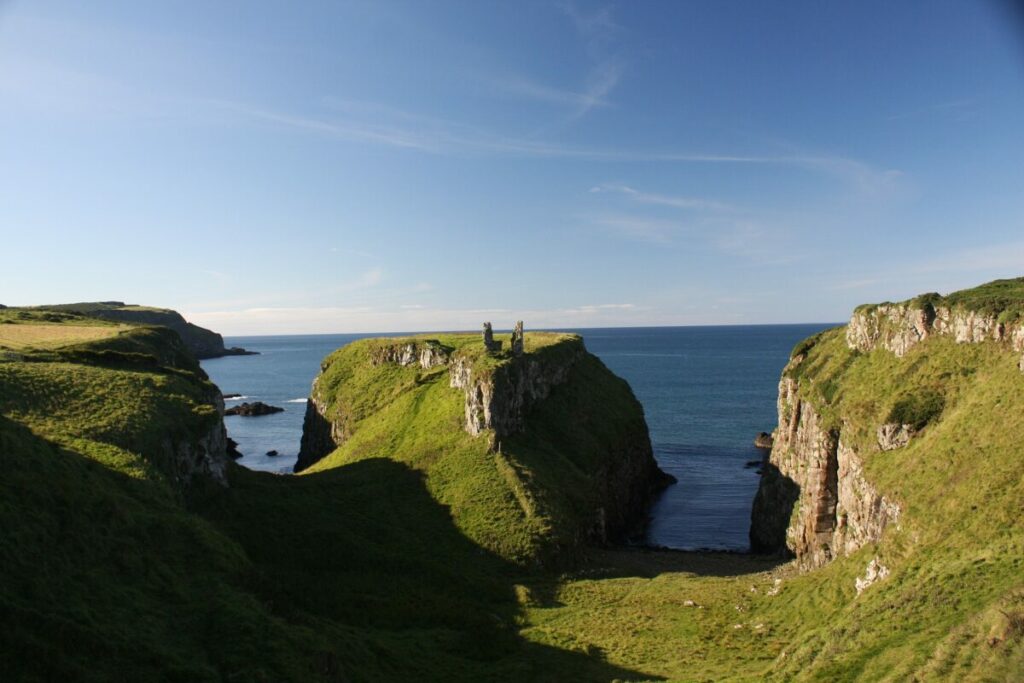The North Seas Energy Cooperation (NSEC) has published its indicative offshore wind roadmap, covering the policies of all nine NSEC member states up to 2030.
The publication was announced during the NSEC Ministerial Meeting, which took place yesterday (20 November) at the Hague, in the Netherlands.
As one of the nine member states, Ireland received an indicative offshore wind auction timeline up to 2030, including a potential construction window up to 2040.
The NSEC’s published indicative construction schedule for Ireland’s Offshore Renewable Electricity Support Schemes (ORESS) up to 2038 is as follows:
- ORESS FF1 – 1.5GW
- ORESS FF2 – 2GW
- ORESS FF3 – 2GW
- ORESS FF4 – 2GW
- ORESS FF5 – 2GW
These results will ensure Ireland meets its target of installing 20GW of offshore wind capacity by 2040 through competitive processes up to 2030 and construction undertaken up to 2040.
Ireland’s ORESS auction round secured 3GW in May this year in what was recognised as a “breakthrough” moment for the nation’s offshore wind market.
The ‘indicative roadmap’ also included a timetable leading up to the Ireland’s next offshore wind auction (ORESS 2.1), which will take place off Ireland’s south coast and is set to procure up to 900MW of offshore wind capacity.
Modelled on various scenarios, the roadmap offers a number of suggested steps towards the next ORESS including the publication of a draft ‘Designated Maritime Area Plan’ (DMAP) that can act as a management plan and determine appropriate locations for projects in the upcoming auction.
At Solar Media’s Wind Power Finance & Investment Summit Europe in September, Noel Cunniffee, CEO of representative body Wind Energy Ireland, discussing the potential of running the next ORESS auction in Q1 next year, which he called “incredible ambitious.”
His sentiments were echoed by Úna Brosnan, head of offshore strategy and new markets at renewable energy company Mainstream Renewable Power, who added: “Having an auction next year wouldn’t be in the best financial interests of supporting a robust investment case. Unfortunately, we will only have visibility properly at the end of Q1 next year, so we need time.”
This month’s publication follows the September 2022 Meeting which saw all NSEC member states agree to reach at least 260GW of offshore wind capacity by 2050, representing over 85% of the EU’s 300GW by 2050 ambition set out in the EU strategy for offshore renewables.
The NSEC’s target includes intermediate goals of a minimum capacity of 76GW by 2030 and 193GW by 2040 across all nine states, and of which Ireland will contribute 5GW and 20GW respectively.
“Last year, in Dublin under the Irish co-presidency, the energy ministers from the NSEC and the European Commission agreed to a significant increase in our collective ambition in the deployment of offshore renewable energy. Today, we are publishing our plans to implement these ambitions. Now we have a clear plan for auctions to deliver these targets,” said Irish minister for the environment, climate and communications, Eamon Ryan, speaking at this week’s NESC Meeting.
“Ireland and the NSEC understand the extraordinary level of capital investment required to deliver offshore wind, and the need for clear visibility of the pipeline to enable this investment in projects themselves and the deployment of ports and supply chains that they depend on,” Ryan added.
“Despite recent challenges to the sector internationally, offshore remains economically, strategically and sustainably sound and publication of our collective plans today provides a clear signal of confidence that Ireland and Europe remain unwavering in our long-term commitment to the sector.”





